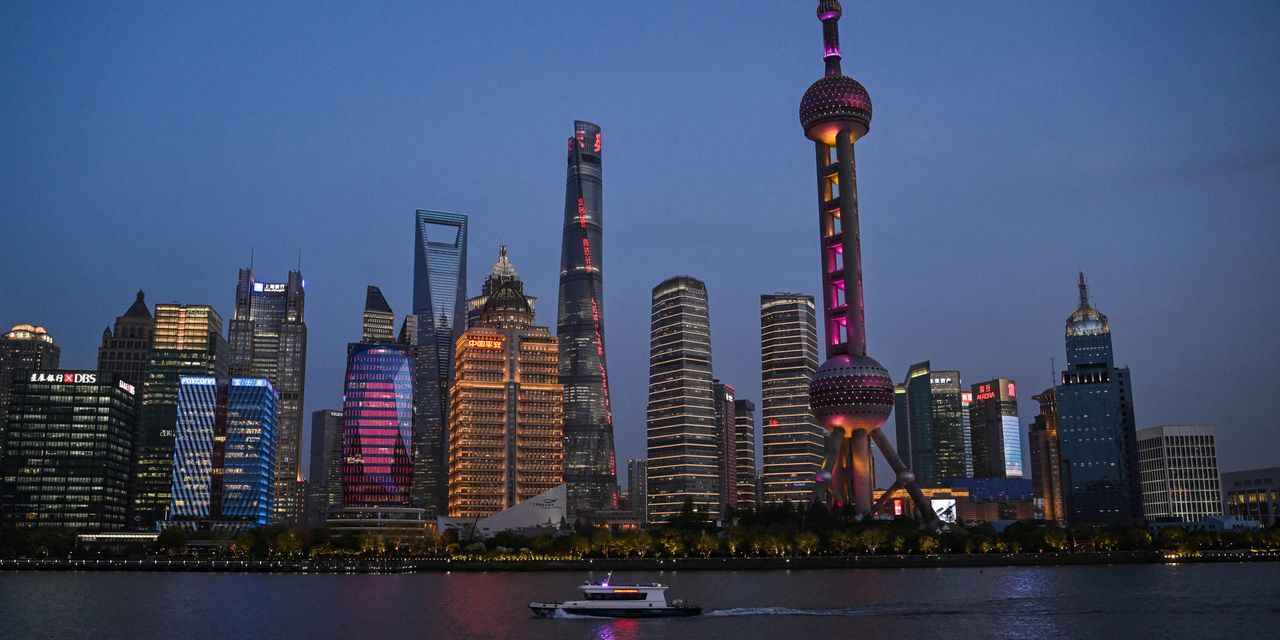The U.S. isn’t trying to decouple from China, just “de-risk,” U.S. National Security Advisor Jake Sullivan said on Thursday. But he also indicated the complexities of de-risking such an entangled relationship—and therein lies the challenge for companies and investors.
Deteriorating U.S.-China relations, with both countries increasingly viewing their relationship through a national security lens, are already weighing on companies trying to gauge what the next phase of this relationship will look like. Almost nine out of 10 members surveyed by the American Chamber of Commerce in China expressed a pessimistic outlook for the U.S.-China relationship in April—up from 73% earlier this year.
They aren’t alone. Bridgeway Associates founder Ray Dalio took to LinkedIn this week, writing that the U.S. and China are on the brink of war. Dalio was also concerned with the lack of dialogue between the two nations—a point of concern many others share. U.S.-China talks have stalled after the U.S. shot down a suspected Chinese spy balloon.
Earlier this month, policy makers at the spring meetings of the International Monetary Fund also warned that if the U.S.-China relationship continues to deteriorate, the “fragmentation” of trade could shave as much as 7% of global economic activity over the long term if countries are forced to pick sides.
At an event at the Brookings Institution in Washington, D.C., Sullivan stressed the U.S. isn’t seeking confrontation or conflict with China but also hinted at frustration. “Managing competition ultimately requires two willing parties it requires a degree of strategic maturity that must keep open lines of communication even as we take actions to compete,” he said.
The comments are the “first hint of any frustration in a speech that otherwise tried to signal that the White House’s intention of restricting China is limited to a narrow set of goods but may not be the last if the Biden administration continues to be shut out by Beijing,” Beacon Policy Advisors analysts wrote in a client note.
Sullivan’s remarks underscored the challenge as the Biden administration tries to shore up critical supply chains for rare minerals, semiconductors, and other goods that could affect national security—while curbing China’s access to critical advanced technology and encouraging allies to do the same.
For investors, the concern is what types of emerging technologies—such as advanced semiconductors, quantum computing, artificial intelligence, and synthetic biology—could fall under the national security banner over time.
Sullivan stressed the U.S. has no intentions of cutting off trade, but is using a “small yard, high fences” approach. “Export controls will remain narrowly focused on technology that could tilt the military balance—simply ensuring U.S. and allied technology isn’t used against us,” Sullivan said.
But finding the line between what is used for military versus civilian purposes, he said, is difficult in China’s economic system, where the Communist Party has a role in private-sector companies. That’s one reason the Biden administration is taking its time with much-anticipated outbound investment restrictions.
Another area of focus: critical minerals that are the backbone for a transition away from fossil fuels. The U.S. produces just 4% of lithium, 13% of cobalt—and none of the nickel and graphite needed to meet demand from electric vehicles. China, however, processes 80% of all critical minerals.
“Clean-energy supply chains are at risk of being weaponized in the way oil was in the 1970s and natural gas was in 2022,” Sullivan said, adding that the administration is working with a range of countries, including those in Africa and the Americas, to find ways to diversify supply. Sullivan said the U.S. is also looking into a “critical minerals club,” a buyers’ club of sorts with allies for mineral procurement.
These concerns are factors in the Biden administration’s industrial policy, which was rolled out alongside the Chips and Science Act and the Inflation Reduction Act. “Our economic strategy stopped focusing on building things we needed to build at a moment where we need to build capacity to produce goods and technology of the future,” Sullivan said.
Sullivan said the aim isn’t to “recede into autarky,” but to work with allies to create supply chain ecosystems that are more resilient to natural disaster, geopolitical shocks, or economic coercion from the likes of China. These shifts could come with economic costs, especially for U.S. allies that rely more on exports to China. On that front, Sullivan likened that trade off to the “burden sharing” of military costs related to the North Atlantic Treaty Organization for collective security.
Investors are looking for potential beneficiaries of this changing world order, including companies that can capitalize on the push to diversify supply chains.
The latest AmCham survey found that 27% of members are reprioritizing other countries for supply chains, up from 21% earlier in the year, and on top of the almost 25% of members who said that they were considering or already relocating supply chains.
Potential beneficiaries of these shifts include ports in India and other countries that are wooing those looking to diversify supply chains, says Benjamin Morton, head of global infrastructure at
Cohen & Steers.
He says that railroad operators also stand to gain, including
Canadian Pacific Kansas City
(ticker: CP), whose rail lines go from Canada to Mexico—a likely destination for companies looking to diversify their supply chains closer to home.
Write to Reshma Kapadia at [email protected]
Read the full article here


